
Many people now rely on microfiber cleaning cloths all the time. Using these soft, strong materials makes housework and personal care more effective, enduring and flexible. But what material is microfiber? Why is it better and how is it different from fabrics like polyester?
This guide dives into everything you need to know about microfiber cloth material—its composition, advantages, uses, care, and more. This article goes deeper into how innovative fabrics impact both cleaning and our ways of living.
What Is Microfiber?
Microfiber is made from super-fine strands, with each one being finer than a human hair—often having a denier thickness of less than one. A low denier number means the ultra fine fibers are finer; this term tells us about the thickness of fibers in a thread.
Since the fibers are very small, there is more surface area, making microfiber better at picking up dust, holding onto water and doing a better job of cleaning than regular clothes.
Microfiber fabric is most commonly made by blending two synthetic polymers: polyester and polyamide (a type of nylon). The polymers are melted and turned into very fine strands and then these strands are cut thinner using water or chemicals. Once split into multiple smaller fibers, these are woven or knitted into cloth to make modern microfiber material.
The design of microfiber makes it special because it produces static electricity. The static charge gathers dust, debris and bacteria and this can replace the use of harsher cleaning solutions. Microfiber is most popular among allergy sufferers and environmentally friendly people who want to avoid using many chemicals.
What Material Is Microfiber Cloth Made From?
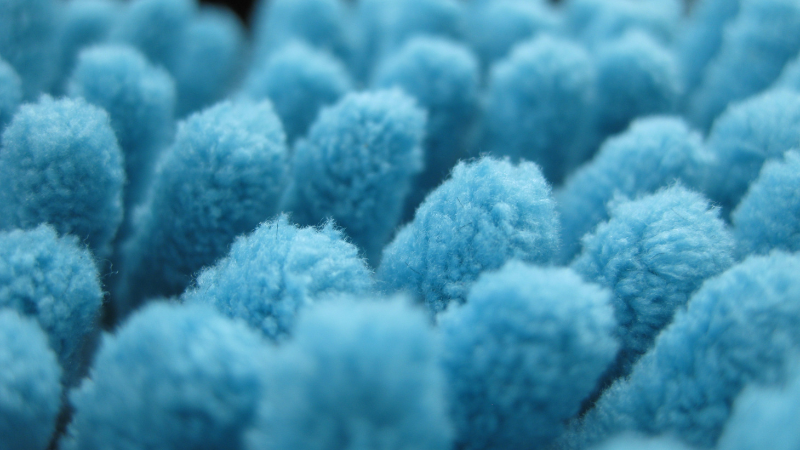
When people ask, “what material is microfiber?”, they’re often surprised to learn it’s not a natural fiber like cotton or woolen. Instead, micro fiber cloth material is synthetic material, usually composed of around 80% polyester and 20% polyamide. The amount of the fabric that is cotton and synthetic fibers varies by product, but it is a common benchmark for good quality cleaning cloths.
Key Components:
- The cloth has strength and shape due to polyester. Due to being water-resistant, microfiber fabric dries faster whenever it becomes wet.
- Polyamide (Nylon) helps to soften fabric, makes it move easily and improves how much liquid is absorbed. Its coating allows oils and dirt to cling to the cloth which is very useful for cleaning.
Split-Fiber Technology:
The main difference of microfiber from other materials is that its fiber is split and intertwined. When a fiber is manufactured, each segment looks like a wedge or starts design in its cross-section. The shape adds more surface area to capture smaller particles and forms micro-channels where pollutants are held.
Because of this design, microfiber cloths can:
- Soak up to seven times their own weight of water.
- Pick up dust, dirt and bacteria.
- You can get clean surfaces without using chemicals or detergents.
The outcome is a very effective cleaning tool that beats most old rags and cloths in most areas.
Common Uses of Microfiber Fabric
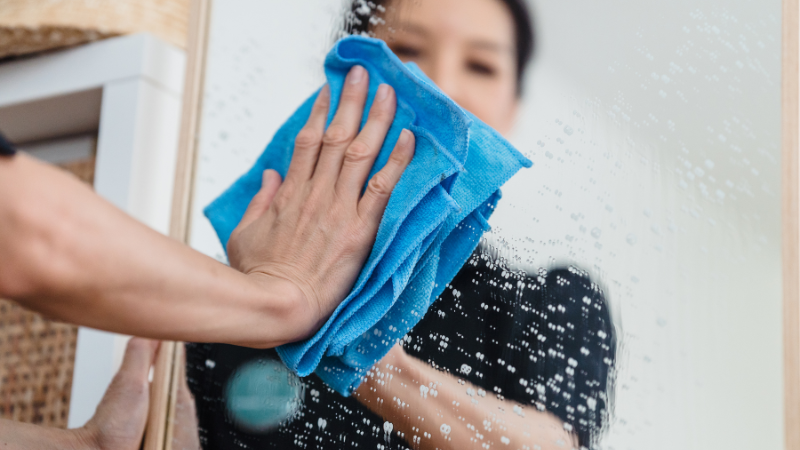
Many products in several industries use microfiber because it is very versatile. The advantages of its being lightweight, durable and effective make microfiber the best choice for cleaning tools, clothing, sporting gear and furniture.
The following are some of the most frequent uses:
1. Cleaning Cloths and Towels
Using microfiber fabric is the best way to clean surfaces. Dusters, wipers and polishers are meant for cleaning and shining surfaces both in the home and car. Their very thin fibers let them remove nearly all bacteria from surfaces when you just use water. Professional cleaning in hospitals, hotels and facilities often depends on using microfiber.
2. Furniture and Car Upholstery
Microfiber is popular on upholstery because it has the appearance and feel of suede, but it is much easier to take care of. Cleaning stains is a challenge, so it is perfect for families with kids or animals. Cars often have microfiber in their seats, dashboards and headliners because of its toughness and attractive look.
3. Clothing and Activewear
Its ability to wick away sweat and stay breathable means microfiber is a favorite for athletic wear and sportswear. Sweat is absorbed, so athletes are kept dry and comfortable. Because microfiber blends are lightweight, many swimwear, yoga pants and gym tops have them.
4. Bedsheets and Pillowcases
People often love microfiber fabrics because they are soft, budget-friendly and rarely get wrinkly. Because they don’t have cotton in them, synthetic fabric don’t shrink when you wash them and need less ironing. Because they’re hypoallergenic, they are favored by those who deal with allergies.
5. Eyeglass, Phone, and Monitor Cleaning Cloths
Because microfiber is soft, it is great for cleaning your eyeglasses, smartphone, tablet and TV screen. It does not leave scratches or lint after removing smudges and fingerprints.
Whether you need something for your home or for industry, nothing beats microfiber’s ability to do many things. Microfiber material is successful because it can be created to suit the particular demands of many different projects.
Pros and Cons of Microfiber Cloth
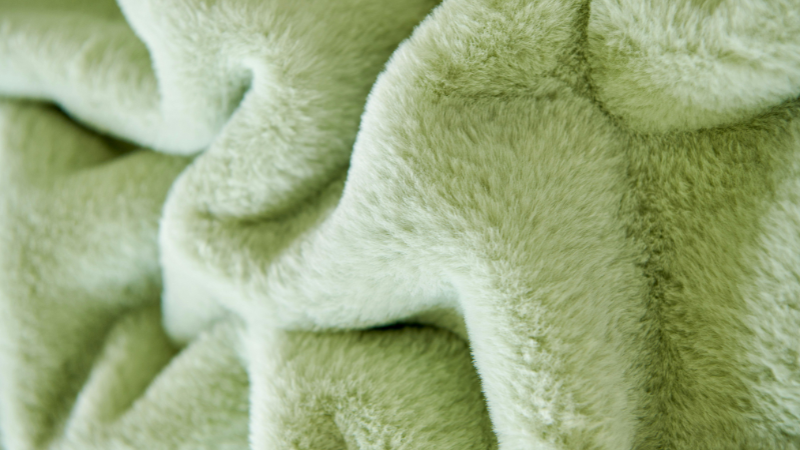
Microfiber offers many benefits, but it’s not without its downsides. Here’s an honest breakdown:
Pros:
- Exceptional Cleaning Power: With split fibers, microfiber gives a complete clean, without having to use any chemical products.
- Highly Absorbent: It swallows spills fast and holds much more liquid than its own weight.
- Reusable and Economical: A single cloth can last through hundreds of washes, reducing the need for disposable products.
- Lint-Free and Scratch-Free: You can use these towels safely on camera lenses, car paint and stainless steel without leaving any scratches or lint.
- Quick-Drying: Dries in less time than most materials on the market which helps prevent mildew and smells.
Cons:
- Not Biodegradable: Microfiber comes from petroleum plastics, so it does not naturally break down once thrown out.
- Microplastic Pollution: When microfiber is washed, it sends microplastics into water in the environment. Rivers, oceans and even the food we eat can have microplastics because of microbeads.
- Sensitive to Heat: The presence of heat can melt or reshape fibers which ruins their ability to clean over time.
Using and getting rid of microfiber properly can limit its influence on the environment.
Microfiber vs Polyester: What’s the Difference?
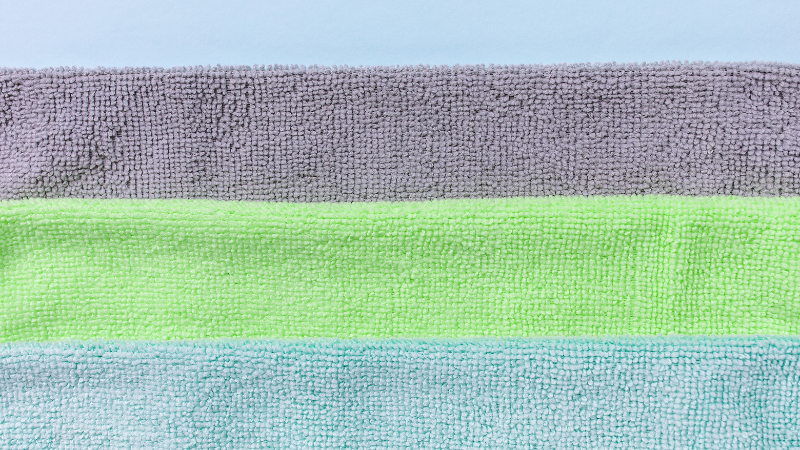
While microfiber and polyester have many similar origins, they work and are used in different ways compared to other fibers .
Comparison Table:
Feature | Microfiber | Polyester |
Fiber Size | Ultra-fine (less than one denier) | Larger, standard synthetic textiles |
Absorbency | Excellent (water and oil) | Moderate |
Surface Texture | Soft, velvety, and non-abrasive | Varies—can be slick or coarse |
Cleaning Ability | Traps dust and dirt effectively | Often pushes dirt around |
Use Cases | Cleaning cloths, sportswear, sports equipment, microfiber bedding, and microfiber mops | Apparel, linings, bags, outerwear |
Its very fine coils made of long fibers are better at absorbing, softer to the touch and less likely to cling to surfaces. Although polyester is often preferred for its price, microfiber gives better cleaning and comfort.
How to Care for Microfiber Products

Properly taking care of your microfiber and other textile items will keep them in good condition for a longer period.
Do:
- Wash in Warm or Cold Water: Hot water can harm the material.
- Use Gentle Detergent: Avoid bleach and fabric softeners which can make your cloth less absorbent.
- Air Dry or Use Low Heat: To avoid melting the fibers.
- Wash Separately: Avoid putting microfiber with things like cotton or materials that easily shed lint.
- Store Dry and Clean: Storing wet microfiber can result in the growth of mold or bad smells.
Don’t:
- Iron: Heat may damage the fibers of the iron.
- Overload the Washer: Allow microfiber plenty of washing space, so it can fully rinse.
- Use Powdered Detergents: They might build up in the material which decreases how much liquid the towel can absorb.
Microfiber will perform well for a long time and be very durable if looked after properly.
Is Microfiber Eco-Friendly?
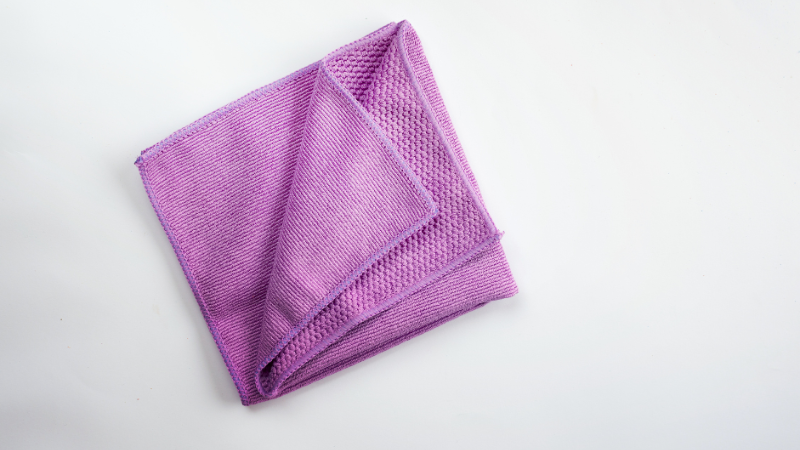
How environmentally friendly microfiber is remains a tough question, particularly due to its potential environmental impact . Its capacity for reuse and the efficiency it gives help decrease both waste and our use of paper products. On the other hand such fabric uses plastic and can lead to water pollution.
Environmental Advantages:
- Reduces Disposable Waste: Replacing hundreds of paper towels with just one microfiber material cloth.
- Energy Efficient: Energy efficient washing machines need less of both water and detergent for cleaning.
- Long-Lasting: It is built to last which means it can be used for years before needing to be replaced.
Environmental Concerns:
- Synthetic Material: Stuff made from fossil fuels.
- Microplastic Shedding: Some plastics get broken apart into small pieces which then travel into the water.
How to Mitigate Impact:
- Use Washing Filters or Bags: There are products you can use such as the Guppyfriend bag or Cora Ball, to help reduce microfiber pollution.
- Wash Less Frequently: Spot clean between washes.
- Invest in Quality: Choose microfiber of good quality, since it will not shed as often and will likely last for longer uses.
Responsible use and longevity of your microfiber can help you use it and help the environment.
Frequently Asked Questions About Microfiber Cloth
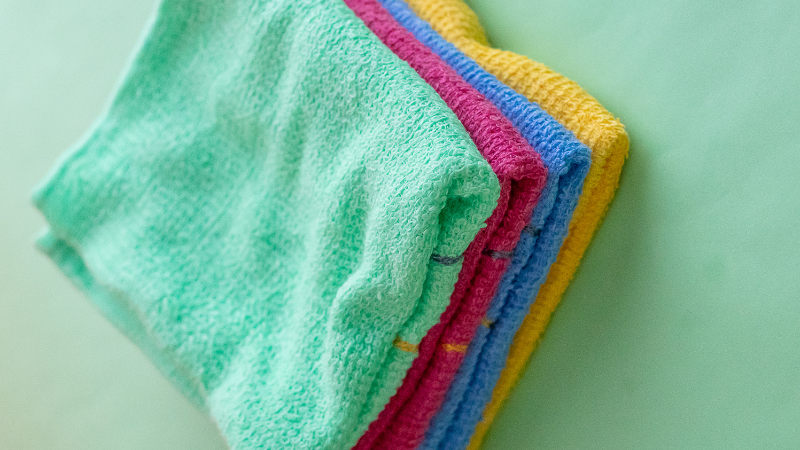
What Material Is Microfiber?
Most microfiber products are created from synthetic fibers, usually a mix of polyester and polyamide (nylon). Fibers must be divided in the manufacturing process to get them to absorb and clean more effectively.
What are microfiber cloths normally used for?
They are used for cleaning all sorts of surfaces, as well as for polishing glass, drying cars, wiping electronics and sometimes cleaning clothes and bedding too. They are chosen often because they work well in homes, hospitals, gyms and many industries.
Is microfiber better than cotton?
Microfiber is usually considered the best choice for doing household cleaning. More dirt and dust are picked up, there is less worry about bacteria and the cleaning is lint-free. Also, cotton can break down naturally, whereas microfiber is a synthetic material.
Is microfiber a polyester?
Microfiber may be made of polyester (and nylon) but is not only that. Microfiber is special because its fibers are produced very small and are split during manufacturing to help in cleaning.
Is microfiber cloth eco-friendly?
By using microfiber, you can cut back on toxic cleaners and disposable paper towels which is better for nature. Still, they are not natural and may shed microplastics into waterways when someone washes them which raises environmental issues.
Final Thoughts: When to Choose Microfiber
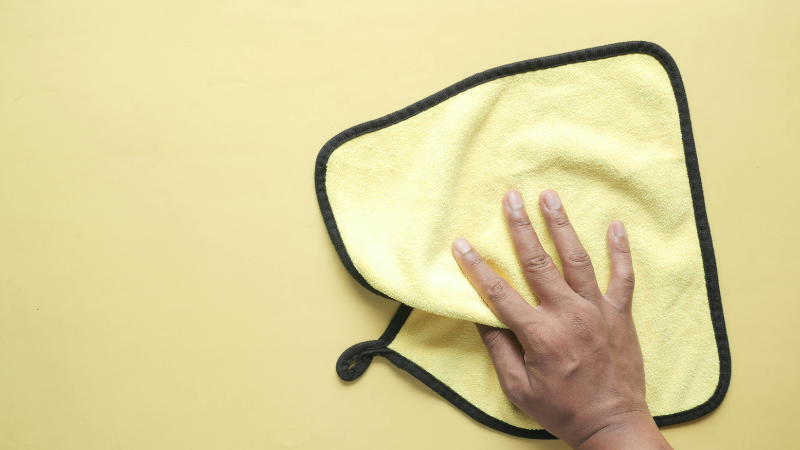
For a huge range of tasks, microfiber cloths are both practical and effective. Because towels are soft, strong and good at absorbing moisture, they suit many uses in ordinary daily routines as well as unique requirements.
Look for microfiber cleaning products if you are looking for:
- Streak-free, lint-free cleaning
- A sustainable alternative to paper towels
- Lightweight, breathable activewear
- Affordable, comfortable bedding
- Scratch-free cleaning for electronics or glasses
Both its useful structure and careful engineering have made microfiber a top choice today. Microfiber knowledge is important for retailers, manufacturers and consumers to support sustainable and good-performing choices.
Want to improve your microfiber cleaning?
Check out Yanmao Textile for high-quality microfiber.
Yanmao Textile combines excellent manufacturing with an eco-friendly approach. Explore our wide range of microfiber fabrics—designed for cleaning, clothing, and home textiles. Get in touch with Yanmao Textile or email us for advice on which item will be suitable for you.
Whether you’re researching “what material is microfiber?” or picking the right textile for your next item, learning about the science of microfiber helps you decide well. Picking microfiber cloths is helpful for performance and also matches sustainable choices for longer use at work or at home.





